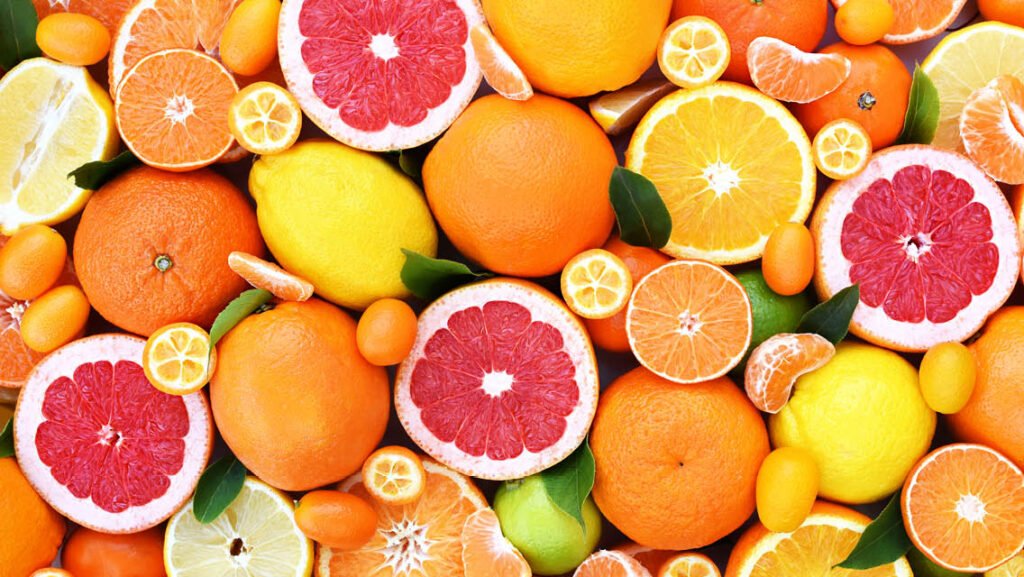Proper storage of fruits and vegetables ensures they remain fresh and nutritious for longer periods. Here are some key tips:
- Keep Leafy Greens Crisp: Store spinach, lettuce, and kale in airtight containers or bags with a paper towel to absorb excess moisture.
- Separate Fruits and Vegetables: Some fruits, like apples and bananas, release ethylene gas, which can cause vegetables to spoil faster.
- Refrigerate or Not?: Store potatoes, onions, and garlic in a cool, dark place, while berries and citrus fruits should be kept in the refrigerator.
- Use a Produce Drawer: Most refrigerators have crisper drawers that help regulate humidity, keeping produce fresh.
By following these storage methods, you can reduce food waste and enjoy fresh, delicious fruits and vegetables for longer.
The Best Ways to Cook Vegetables Without Losing Nutrients
Cooking vegetables properly ensures you retain their nutrients while enhancing their flavors. Here are the best cooking methods:
- Steaming: This method preserves the most nutrients while keeping vegetables crisp and vibrant.
- Roasting: Roasting at a moderate temperature enhances the natural sweetness of vegetables like carrots and bell peppers.
- Sautéing: Cooking with a small amount of healthy oil, like olive oil, helps retain vitamins while adding flavor.
- Blanching: Quickly boiling vegetables and then cooling them in ice water helps maintain color and nutrients.
- Avoid Overcooking: Overboiling can lead to nutrient loss, so cook vegetables until just tender.
Using these cooking techniques will ensure your meals are both nutritious and delicious.

